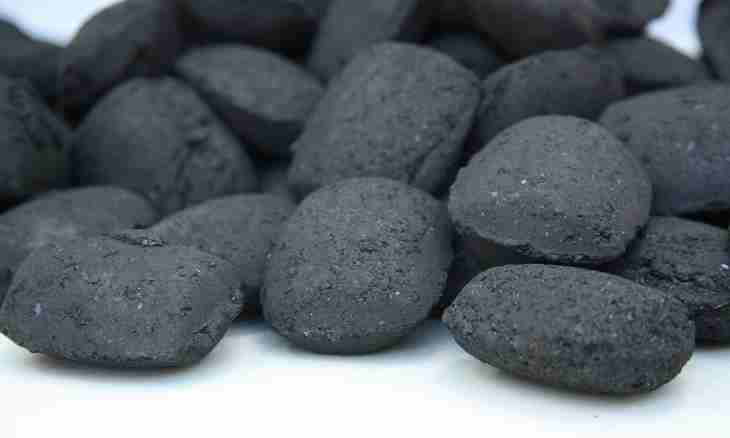Along with oil and natural gas, coal – one of fossil sources of organic raw materials. From it receive valuable connections in economic activity of the person.
Instruction
1. Coal represents a combustible mineral. It was formed during a prehistoric era of the died-off remains of plants by difficult biochemical transformations. At coal there are both organic, and inorganic components.
2. Coal was the first raw materials in production of organic materials. At its dry distillation called also carbonization, or pyrolysis received aromatic hydrocarbons and their derivatives. The last formed the basis of synthesis of organic dyes. However coal as a source of chemical raw materials gradually conceded a dominant position of oil and to natural gas from which receive more than 90% of all organic compounds now. The branch of science studying oil and natural gas and their processing is called petrochemistry.
3. During dry distillation of coal, i.e. at its heating to high temperatures without oxygen access, receive complex mix of gaseous, liquid and firm products. The gas-phase product is the coke gas containing mainly hydrogen and methane. A liquid product of pyrolysis – tar from which over 300 connections were allocated: cresols, phenol, pyridine, anthracene, naphthalene, thiophene, cyclopentadiene-1.3 and others. Coke is the firm rest of dry distillation, it is used in industrial production of iron, water gas and acetylene.
4. Water gas, or mix of carbon oxide (II) and hydrogen, receive in interaction of the heated coke with water vapor: C+H2O=H2+CO. Reaction takes place when heating to 1000˚C. Similar mix can be received also at catalytic decomposition of methane water vapor: CH4+H2O=3H2+CO (Ni, 700-900˚C). From this mix synthesize many valuable products, in particular, methanol: CO+2H2=CH3OH. The last reaction is reversible, goes in the presence of catalysts under the pressure up to 250 atm.
5. Taking into account quickly growing need for organic chemicals the getting them from products of dry distillation of coal gradually loses value, conceding the increasing place to petrochemical production. For example, the naphthalene received earlier from coal is received mainly from oil now. However coal keeps the role as the main source of coke. Assume that the value of these raw materials will increase in the near future as coal reserves much more, than oil reserves. Problems of its catalytic hydrogenation for the purpose of receiving fuel do not lose the relevance.

